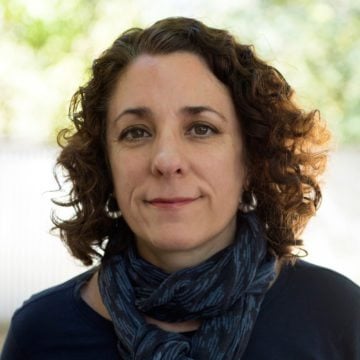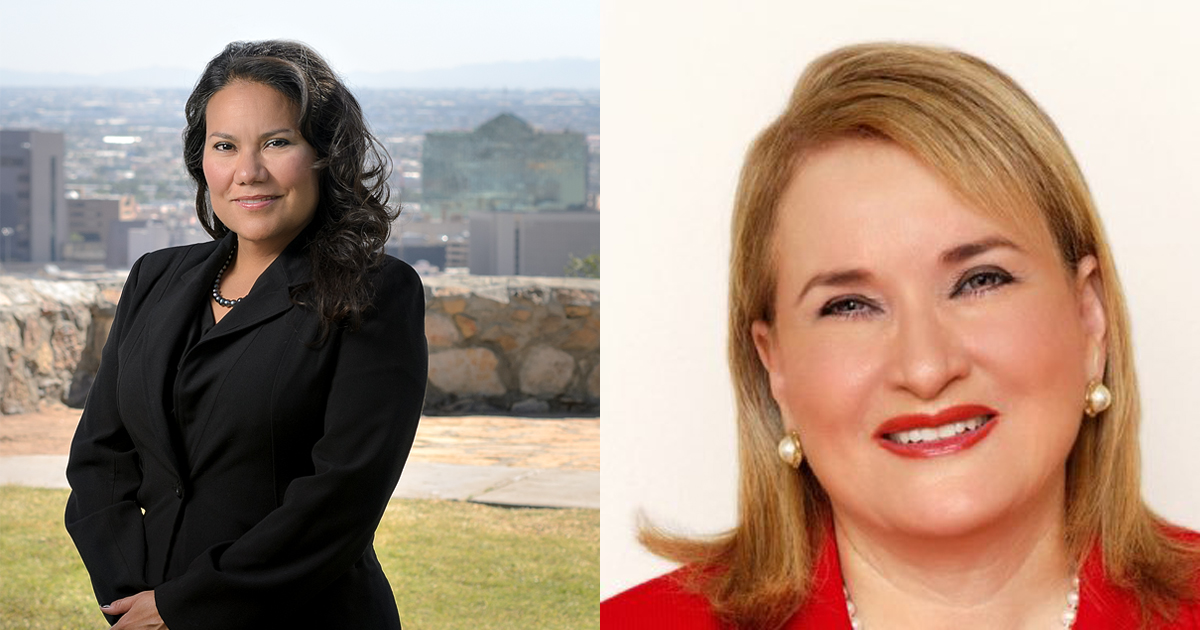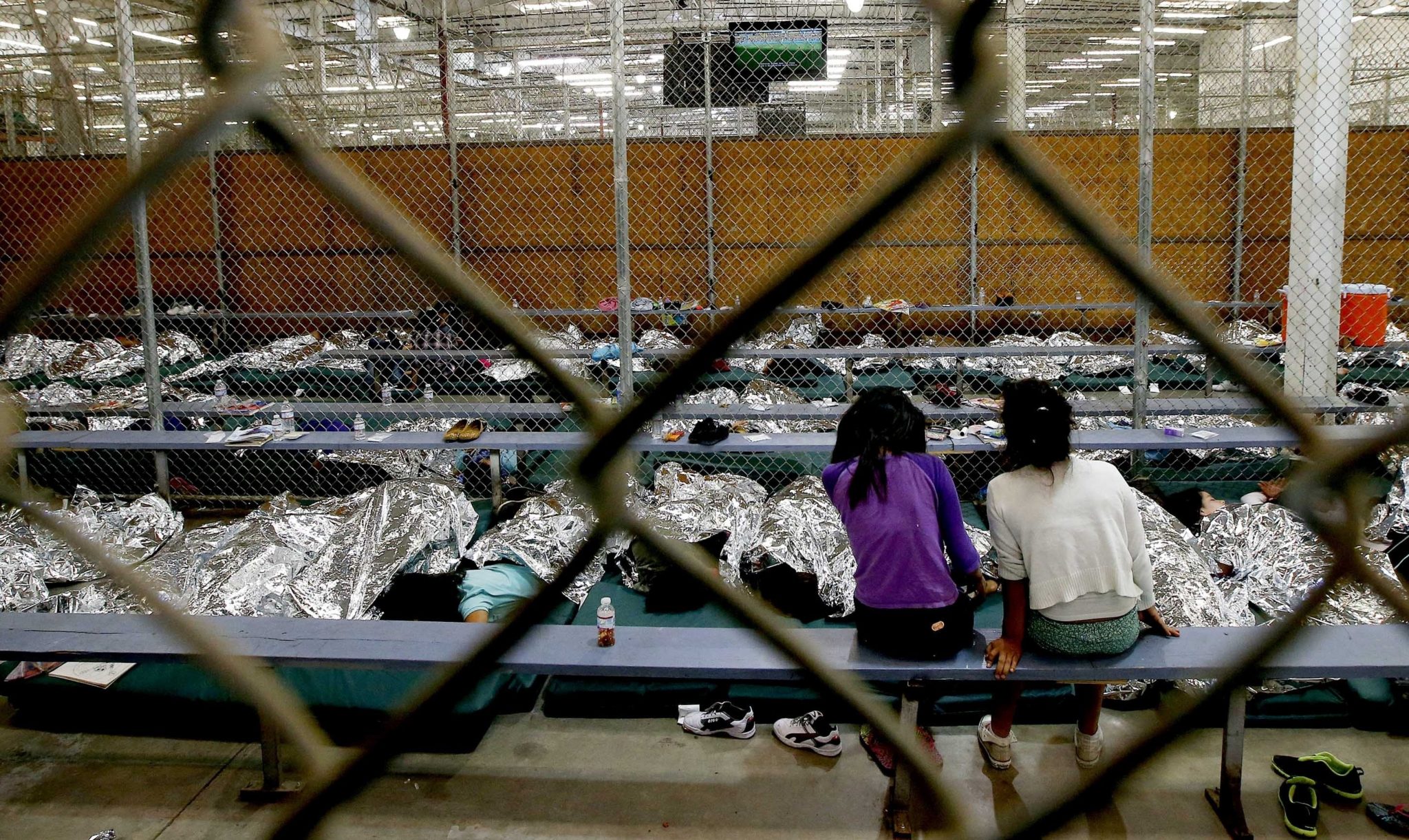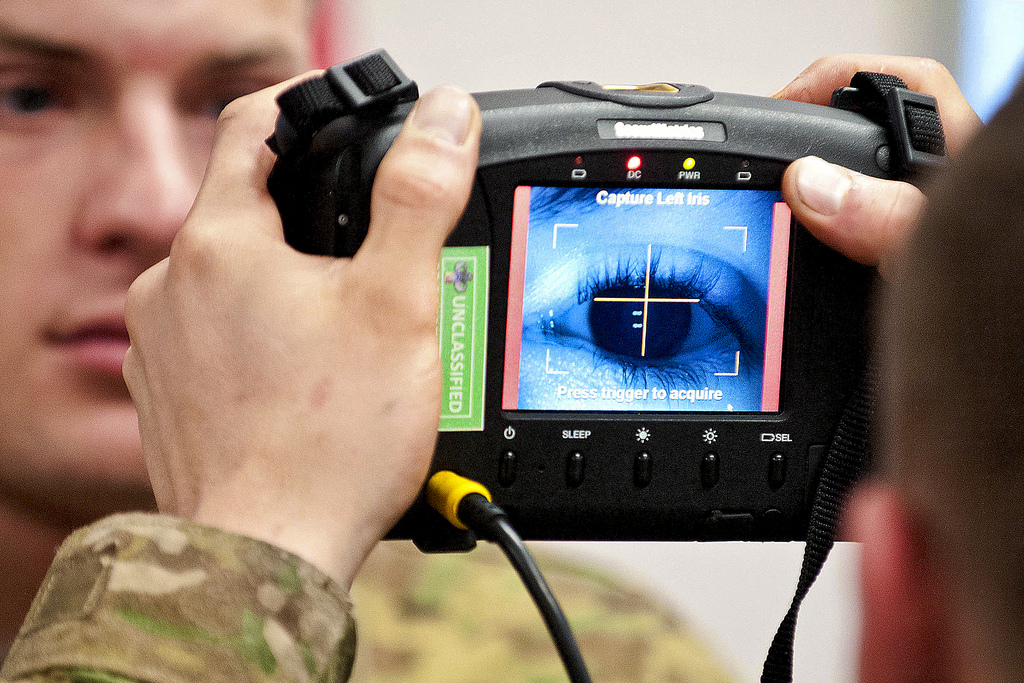
The Rising Storm
A new book on climate and migration predicts a future of "guards, guns and gates" unless we act soon.


By Todd Miller
City Lights Publishers
$15.95; 246 pages courtesy
In Todd Miller’s prescient new book, Storming the Wall: Climate Change, Migration, and Homeland Security, the Tucson journalist and author travels the globe to document how climate disasters are uprooting people from their homes.
Miller visits the Philippines in the wake of 2013’s devastating Typhoon Haiyan, as well as Central America and other global hot spots, documenting a rapidly changing world of rising sea levels, melting ice caps and border walls guarded by machine gun-toting men. He walks on a pilgrimage with climate activists to the United Nations’ climate summit in Paris, where a former Filipino negotiator turned activist tells Miller a grassroots movement is the only solution to push wealthier nations to act: “Solidarity is not an alternative, it is not an option, it is our only chance.”
Despite rampant climate-change denialism in Washington, including in Trump’s White House, the military and the Department of Homeland Security already accept that the threat is real. As Miller writes, the government has “begun preparing for the future dislocations of people, global instabilities and threats to U.S. political and economic interests due to climate destabilization.”
Despite the dire predictions, Miller told the Observer that there is much to hope for and that he was inspired by the resilience he found among communities around the globe.
THE TEXAS OBSERVER: You traveled the world reporting for this book. What are some of the moments that stood out?
TODD MILLER: The Philippines were definitely an eye-opener. It was like going to a place that had been bombed in a war, but it wasn’t a war; it was the climate shifting that was causing the destruction. Especially in the city of Tacloban, which had been hit by Typhoon Haiyan, the most powerful storm ever recorded. I did the interviews a year after the storm hit, but it was all still really vivid. It was like getting punched in the gut just seeing and understanding the changes that are already happening — right here and right now — and that I hadn’t fully imagined until that point.
Did the climate impacts feel even more personal because your grandmother is from the Philippines?
Yes. I went to the small island of Marinduque, south of Manila, where my grandmother is from. I had heard stories about the island all through my childhood, and on one hand it was incredible to go to this place I’d heard about all my life and seek out members of my family. But it also became clear that the island is endangered, and one of the reasons is sea-level rise. It was the first time I’d seen waves lapping into a house. The house was half destroyed. It almost looked like a carcass on the beach. People there talked about the sea level rising and the storm surges that can cause catastrophic damage. It was a place I’d always thought about in the distant past, but suddenly I was seeing what was in store for my grandmother’s island in the future, and what much of the world can anticipate with a changing climate.
I asked three guys from Honduras, “Why are you heading north?” One of them, he was 17 years old, looked at me and said, “There’s no rain.”
You also traveled to Central America, where migration has already directly impacted the Texas-Mexico border. To what degree is climate change driving the migration north?
I was in Tenosique, Mexico, about 20 miles from the Guatemalan border, where I stayed at a migrant shelter. I went out to the train yard where there were Central Americans waiting to catch the train north. I asked three guys from Honduras, “Why are you heading north?” One of them, he was 17 years old, looked at me and said, “There’s no rain.” This was in 2015, and their community was in what’s called the dry corridor that extends through Central America from Guatemala to El Salvador, Honduras and Nicaragua. And this corridor was suffering one of the worst droughts ever — there were people telling me it was a catastrophe, that there was no rain and no harvest. So there was no food
A climate scientist told me Central America is ground zero in Latin America for climate change, and the reason why is because of its precarious socio-economic political conditions. It’s also between two oceans, and the huge storms predicted in the 21st century will be more powerful and [more frequent]. Central America is very vulnerable to hurricanes and extreme weather where it’s either very wet or very dry.
You write about the amazing amount of money being invested in guns, guards and gates around the globe, while so much less is invested in climate change mitigation and prevention. You also make the connection that a major driver of this border security buildup around the globe is what disaster sociologists call “elite panic.”
In referring to “elite panic,” I was influenced by Rebecca Solnit’s book A Paradise Built in Hell. She used the term to show that in disaster situations there’s this panic where people with power and money believe that if a hurricane or an earthquake hits, there will be chaos and conflict. But disaster sociologists have actually found that in disaster situations it’s usually the opposite. Most people tend to be cooperative, sometimes even altruistic. It’s the elites themselves who panic and send in police and the National Guard.
In the book, I propose a variation of this, which is more like “elite anxiety.” Homeland security is always looking into the future and preparing for catastrophes yet to come, predicting that people will panic and there will be conflict. [Border militarization is] a market that is exponentially growing and predicted to double in the next decade. One thing driving this market is climate change and the prediction that it will result in upheaval, and that more money needs to go into building up borders because more people will be on the move. One of the big arguments I make in the book is the huge influx of money being poured into military and homeland security for a future world of potential disasters and upheavals is a type of climate adaptation program for those in power.
What can we do?
The solutions will have to be multifaceted. One example I bring up in the book is what I call the “tale of two border walls.” I went to this place just south of the border in Mexico where they are working on an ecological restoration project. What they are doing is gathering stones and building what looks like a wall so that when the rains come it will slow down the flow of water, so then the soil soaks up the water. The project has been going on for more than 15 years, and the water table has risen already by 30 feet. From the site, you can see the border vehicle barriers in Arizona, which is in a brutal 15-year drought. These are two very different border models.
As I was writing the book, I found out I was going to have a child, and it really influenced me the whole time I was writing. I felt like I was in this conversation with him and with future generations during the reporting. The book paints a dire situation, but I was also amazed by how much hope I encountered. I would hate to write this book with the thinking that a disastrous future is inevitable. The reason I write this book is that it’s not inevitable. It’s time to change the narrative. It has to change, and maybe that’s where we can find the glimpse of hope.
This interview has been edited for length and clarity.


